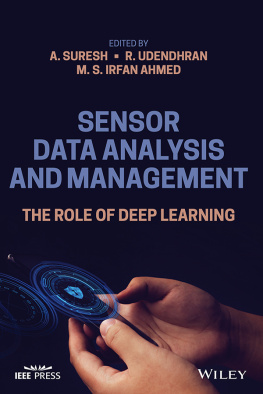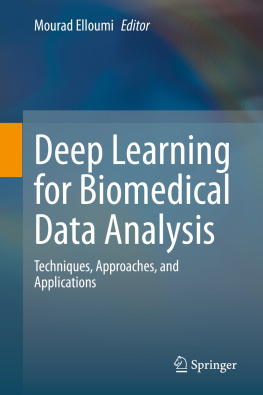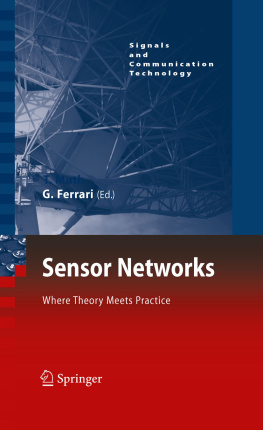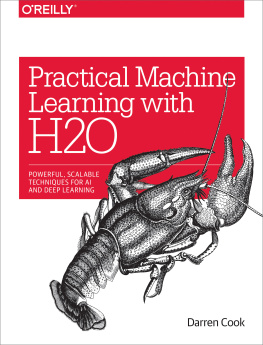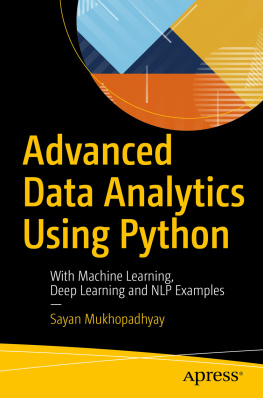A. Suresh (editor) - Sensor Data Analysis and Management: The Role of Deep Learning
Here you can read online A. Suresh (editor) - Sensor Data Analysis and Management: The Role of Deep Learning full text of the book (entire story) in english for free. Download pdf and epub, get meaning, cover and reviews about this ebook. year: 2021, publisher: Wiley-IEEE Press, genre: Computer. Description of the work, (preface) as well as reviews are available. Best literature library LitArk.com created for fans of good reading and offers a wide selection of genres:
Romance novel
Science fiction
Adventure
Detective
Science
History
Home and family
Prose
Art
Politics
Computer
Non-fiction
Religion
Business
Children
Humor
Choose a favorite category and find really read worthwhile books. Enjoy immersion in the world of imagination, feel the emotions of the characters or learn something new for yourself, make an fascinating discovery.
- Book:Sensor Data Analysis and Management: The Role of Deep Learning
- Author:
- Publisher:Wiley-IEEE Press
- Genre:
- Year:2021
- Rating:3 / 5
- Favourites:Add to favourites
- Your mark:
Sensor Data Analysis and Management: The Role of Deep Learning: summary, description and annotation
We offer to read an annotation, description, summary or preface (depends on what the author of the book "Sensor Data Analysis and Management: The Role of Deep Learning" wrote himself). If you haven't found the necessary information about the book — write in the comments, we will try to find it.
Discover detailed insights into the methods, algorithms, and techniques for deep learning in sensor data analysis
Sensor Data Analysis and Management: The Role of Deep Learning delivers an insightful and practical overview of the applications of deep learning techniques to the analysis of sensor data. The book collects cutting-edge resources into a single collection designed to enlighten the reader on topics as varied as recent techniques for fault detection and classification in sensor data, the application of deep learning to Internet of Things sensors, and a case study on high-performance computer gathering and processing of sensor data.
The editors have curated a distinguished group of perceptive and concise papers that show the potential of deep learning as a powerful tool for solving complex modelling problems across a broad range of industries, including predictive maintenance, health monitoring, financial portfolio forecasting, and driver assistance.
The book contains real-time examples of analyzing sensor data using deep learning algorithms and a step-by-step approach for installing and training deep learning using the Python keras library. Readers will also benefit from the inclusion of:
- A thorough introduction to the Internet of Things for human activity recognition, based on wearable sensor data
- An exploration of the benefits of neural networks in real-time environmental sensor data analysis
- Practical discussions of supervised learning data representation, neural networks for predicting physical activity based on smartphone sensor data, and deep-learning analysis of location sensor data for human activity recognition
- An analysis of boosting with XGBoost for sensor data analysis
Perfect for industry practitioners and academics involved in deep learning and the analysis of sensor data, Sensor Data Analysis and Management: The Role of Deep Learning will also earn a place in the libraries of undergraduate and graduate students in data science and computer science programs.
A. Suresh (editor): author's other books
Who wrote Sensor Data Analysis and Management: The Role of Deep Learning? Find out the surname, the name of the author of the book and a list of all author's works by series.

